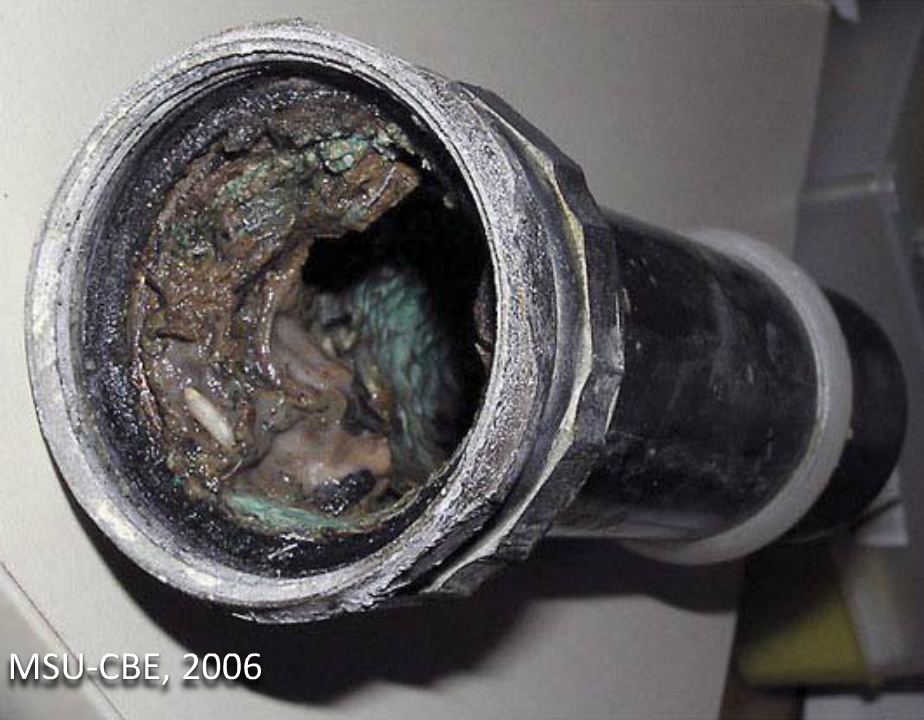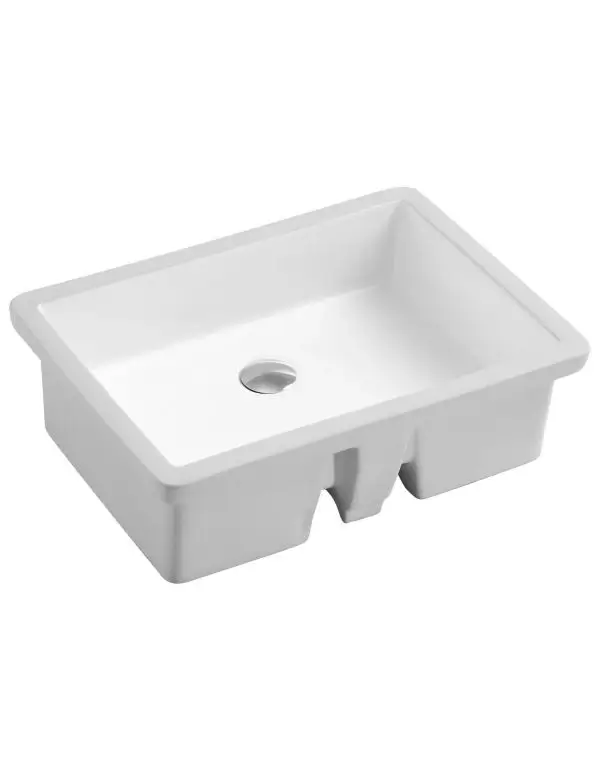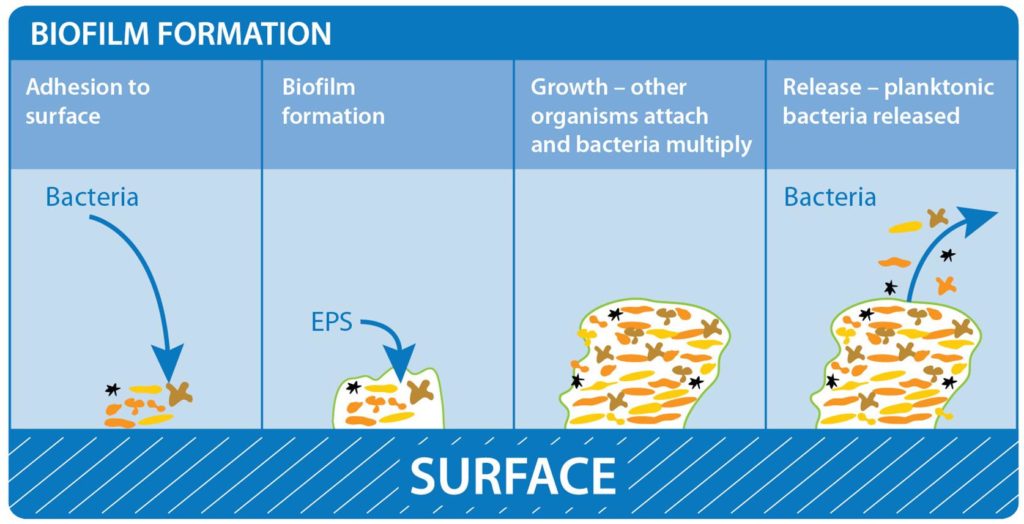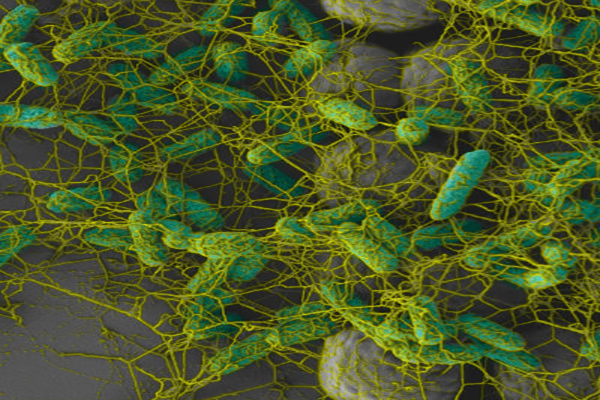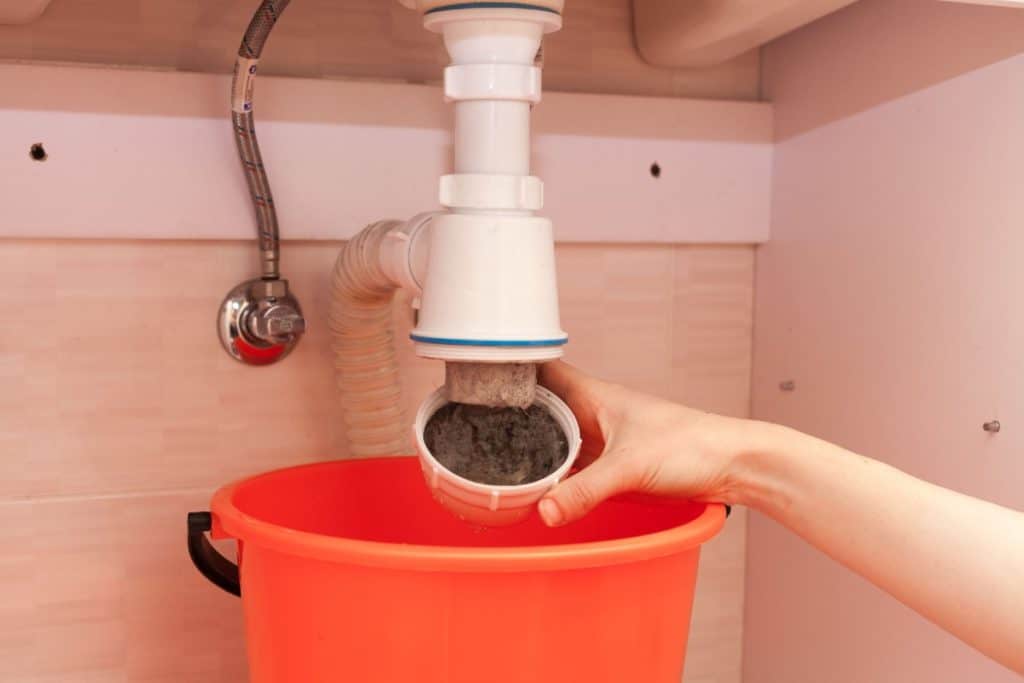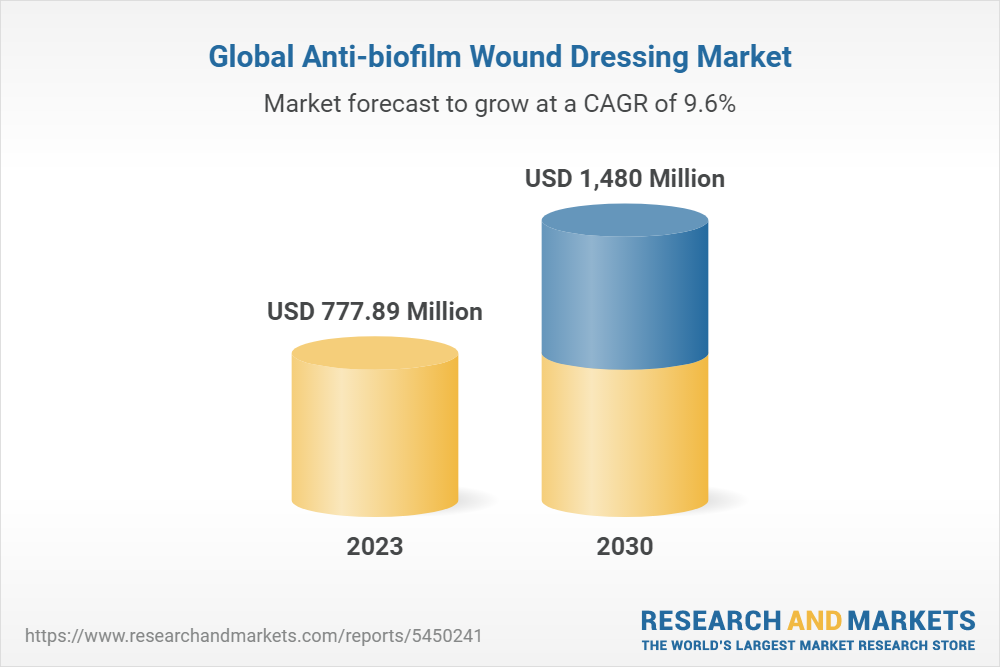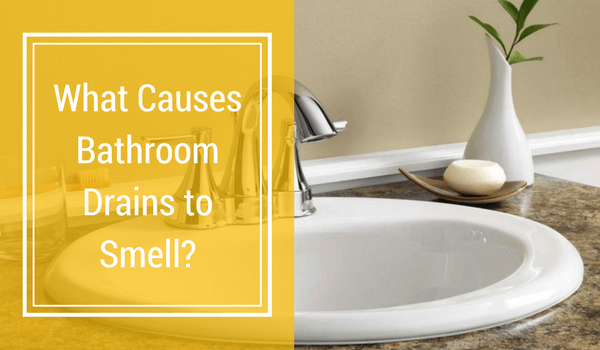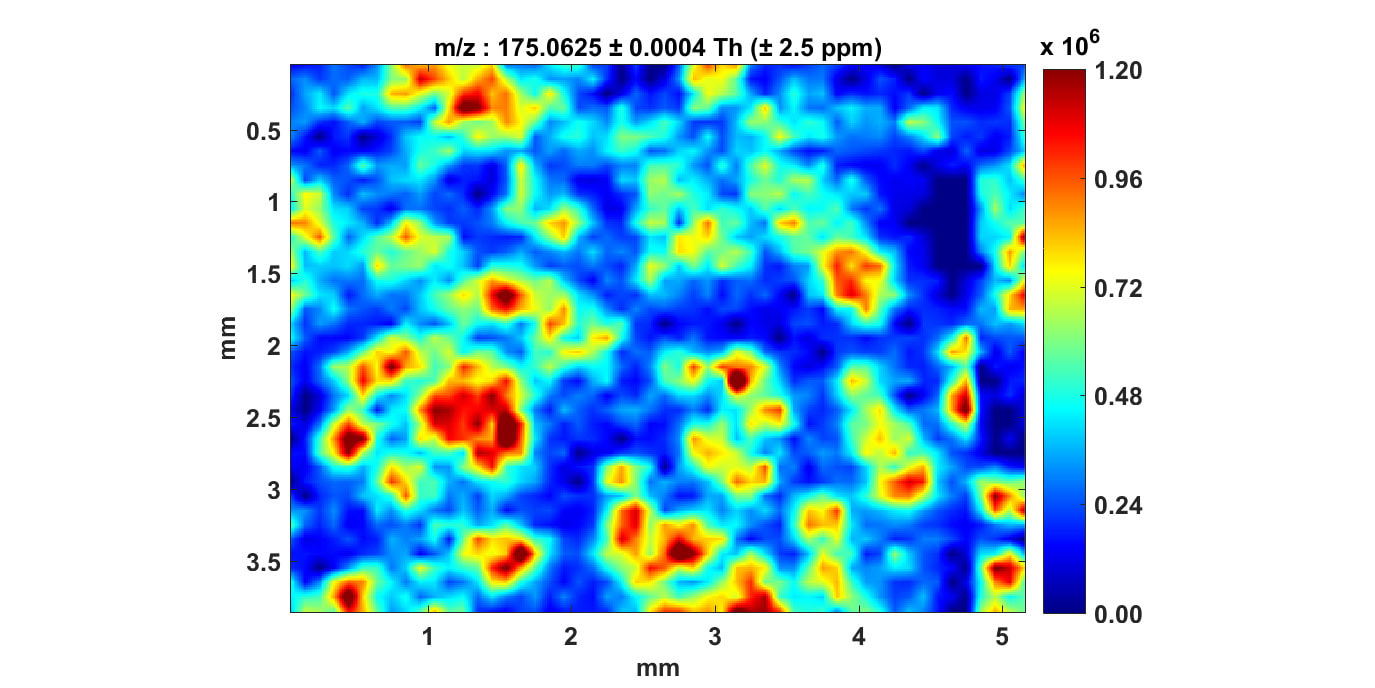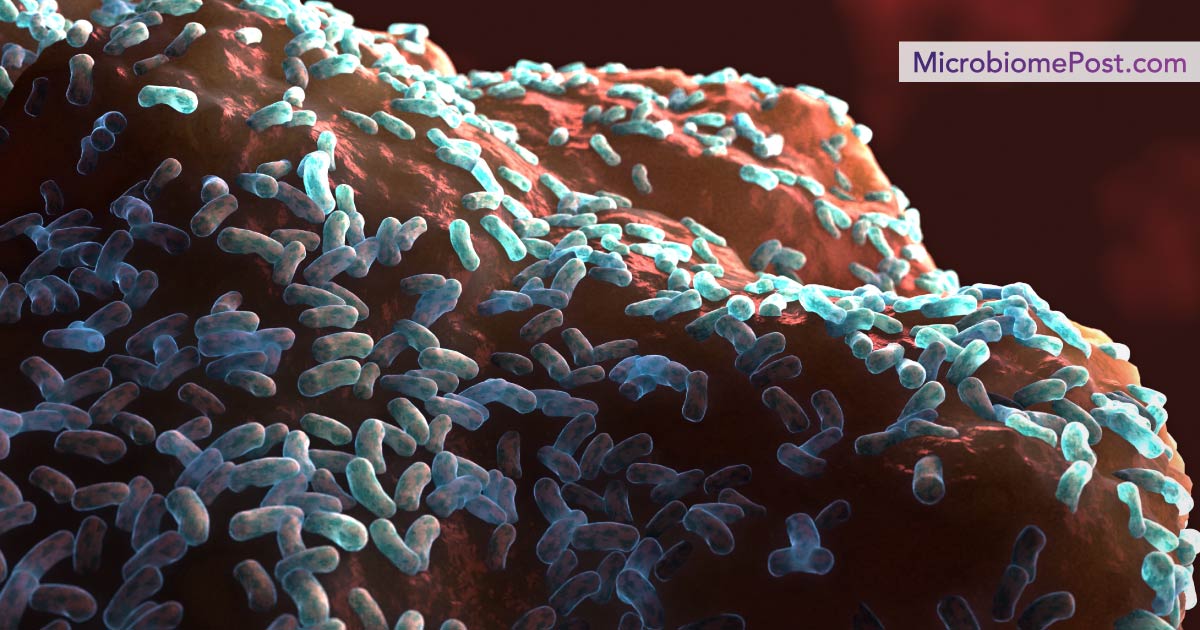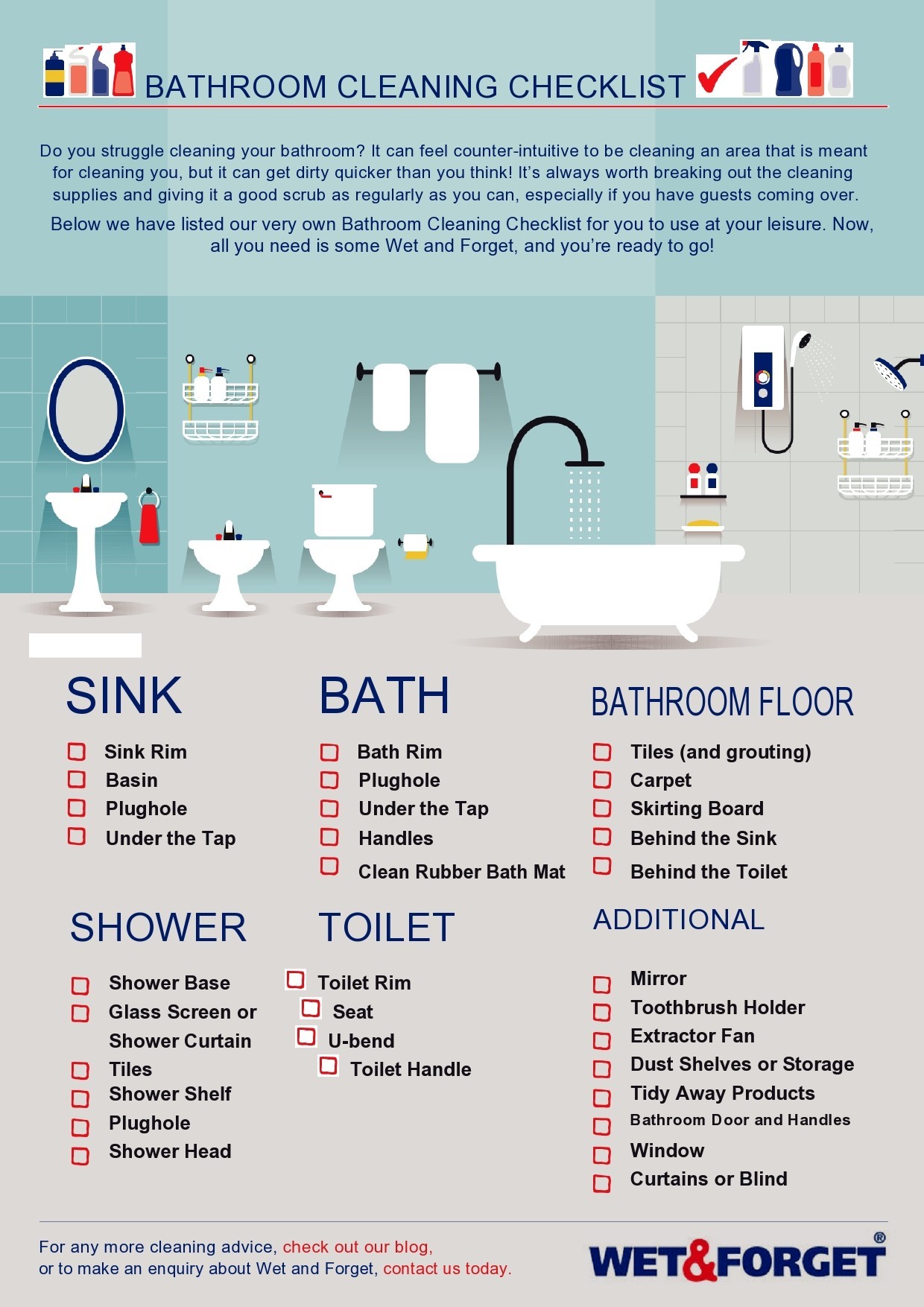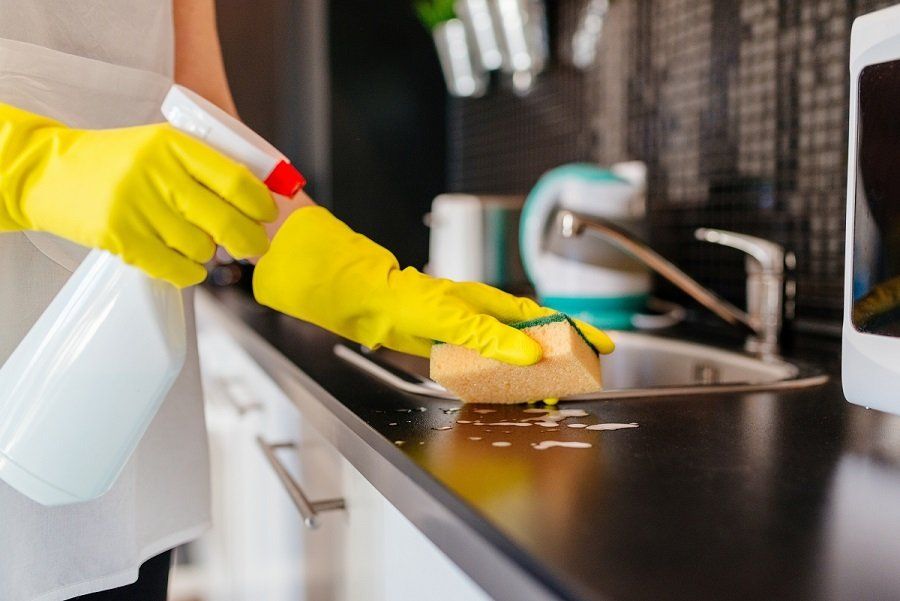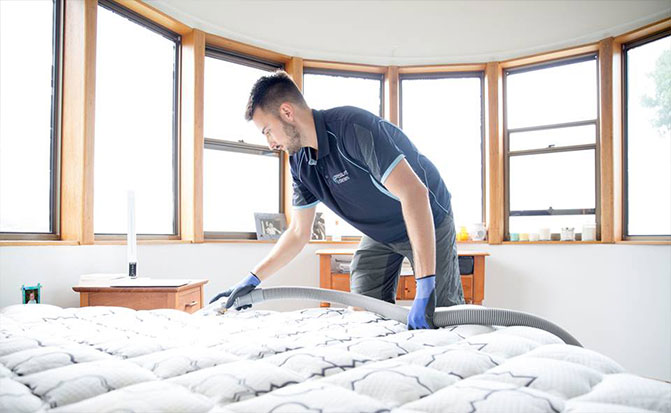Have you ever noticed a slimy, discolored substance coating the surface of your bathroom sink? This is likely biofilm, a community of microorganisms that can form on various surfaces in your home, including your bathroom sink. While it may seem harmless, biofilm can actually pose a threat to your health if left untreated. In this article, we will explore what biofilm is, how it forms in your bathroom sink, and most importantly, how to effectively remove and prevent it from reoccurring. Biofilm in Bathroom Sink: What It Is and How to Get Rid of It
First, let's define what biofilm is. Biofilm is a sticky, slimy substance made up of a mixture of bacteria, fungi, and other microorganisms that attach to a surface and form a protective layer. This layer can be difficult to see with the naked eye, but upon closer inspection, you may notice a thin film or discoloration on your sink's surface. Biofilm thrives in warm, moist environments and can form on any surface that is regularly exposed to water, such as your bathroom sink. It can also form in other areas of your bathroom, such as your shower or bathtub, and even in your kitchen sink. Understanding Biofilm in Your Bathroom Sink
To effectively remove biofilm from your bathroom sink, you will need to use a combination of physical and chemical cleaning methods. Start by using a scrub brush or toothbrush with a mild soap and warm water to physically remove the biofilm from the surface of your sink. Next, use a disinfectant cleaner to kill any remaining microorganisms. To prevent biofilm from forming in the first place, it's important to regularly clean and dry your bathroom sink. Make sure to wipe down your sink after each use and regularly deep clean it with a disinfectant. You can also try using a natural cleaner, such as a mixture of vinegar and baking soda, to prevent the growth of biofilm. How to Clean and Prevent Biofilm in Your Bathroom Sink
While biofilm may seem like just a pesky substance on the surface of your sink, it can actually pose a threat to your health. Biofilm has been linked to a variety of health issues, including respiratory infections and skin irritations. This is because the microorganisms in biofilm can release toxins and irritants into the air and water, which can then be inhaled or come into contact with your skin. Additionally, biofilm can also harbor harmful bacteria that can cause illness if ingested or come into contact with open wounds. This is why it's important to regularly clean and disinfect your bathroom sink to prevent the growth of biofilm. The Dangers of Biofilm in Your Bathroom Sink
If you prefer to use natural products in your home, there are several options for removing biofilm from your bathroom sink. As mentioned earlier, a mixture of vinegar and baking soda can be an effective cleaner for preventing biofilm growth. You can also try using essential oils, such as tea tree oil or eucalyptus oil, which have natural antibacterial properties. Another natural remedy for removing biofilm is using a mixture of salt and lemon juice. The citric acid in lemon juice can help break down the biofilm, while the abrasive texture of salt can help scrub it away. Simply mix equal parts lemon juice and salt, and use a scrub brush or toothbrush to apply it to your sink's surface. Natural Remedies for Removing Biofilm in Your Bathroom Sink
So, why does biofilm form in bathroom sinks? The answer lies in the science of microorganisms. When bacteria and other microorganisms come into contact with a surface, they release a substance called extracellular polymeric substances (EPS). This substance acts as a glue, allowing the microorganisms to attach to the surface and form a protective layer, which we know as biofilm. Biofilm can also form in pipes and drains, where it can cause clogs and lead to unpleasant odors. This is why it's important to not only clean your sink's surface but also regularly clean and maintain your drains to prevent the growth of biofilm. The Science Behind Biofilm in Bathroom Sinks
In addition to regularly cleaning and disinfecting your bathroom sink, there are a few other tips you can follow to maintain a biofilm-free sink: Tips for Maintaining a Biofilm-Free Bathroom Sink
Now that we know how to prevent biofilm, let's take a closer look at some of the common causes of biofilm in bathroom sinks: Common Causes of Biofilm in Bathroom Sinks
If you're unsure if the substance in your bathroom sink is biofilm, there are a few ways to identify it. As mentioned earlier, biofilm is often slimy and discolored, and it can also have a strong odor. You may also notice a ring of discoloration around your sink's drain. If you have identified biofilm in your sink, follow the cleaning and prevention methods mentioned earlier to effectively remove it. If the biofilm persists or seems to be causing health issues, it's best to consult a professional cleaner or plumber for further assistance. How to Identify and Treat Biofilm in Your Bathroom Sink
In conclusion, biofilm in your bathroom sink is not just an aesthetic issue, but it can also pose a threat to your health. By understanding what biofilm is, how it forms, and how to effectively remove and prevent it, you can maintain a clean and healthy bathroom environment. Remember to regularly clean and disinfect your sink, keep your bathroom well-ventilated, and address any plumbing issues promptly to prevent the growth of biofilm in your bathroom sink. The Importance of Regularly Cleaning Your Bathroom Sink to Prevent Biofilm
The Impact of Biofilm in Your Bathroom Sink
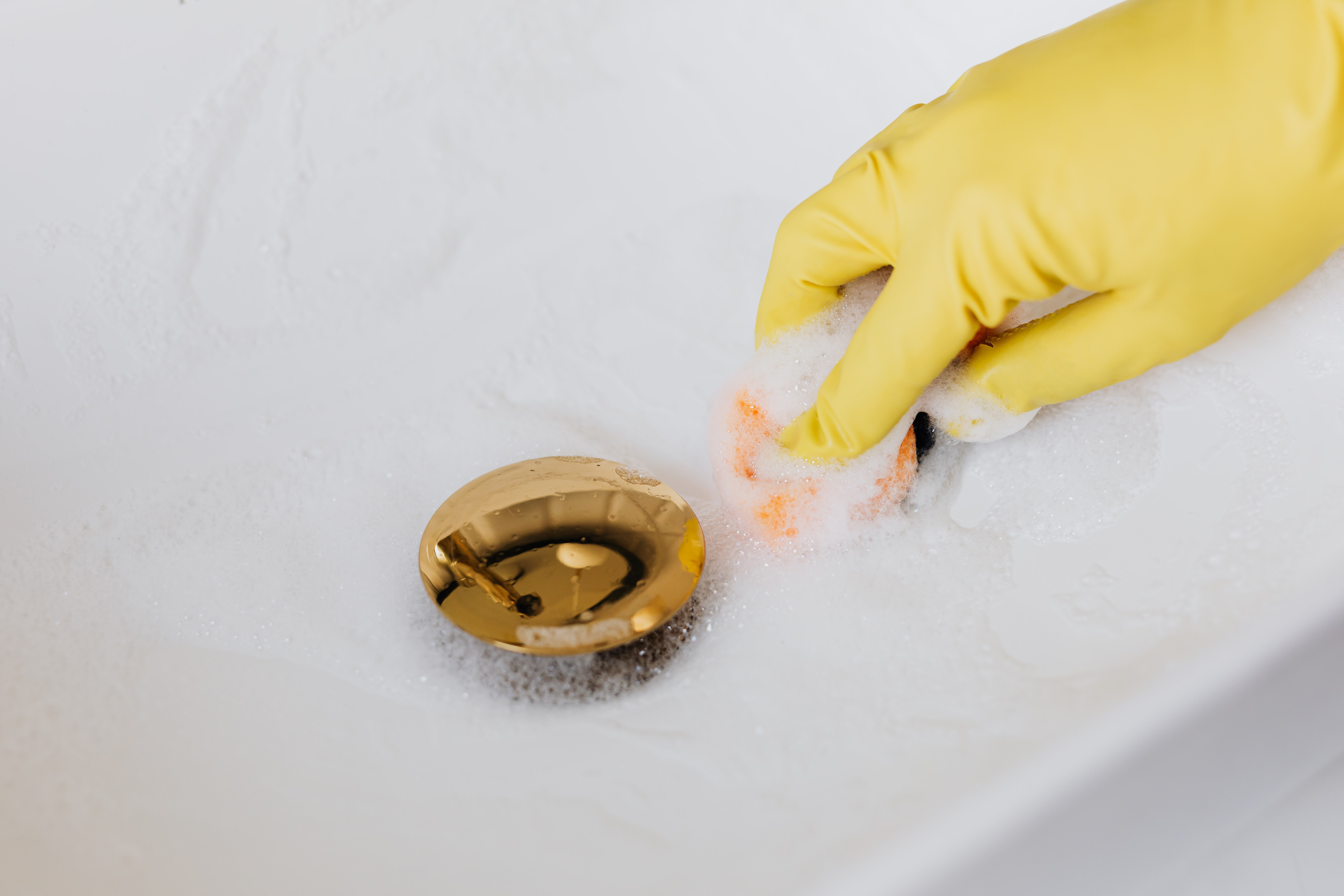
What is Biofilm?
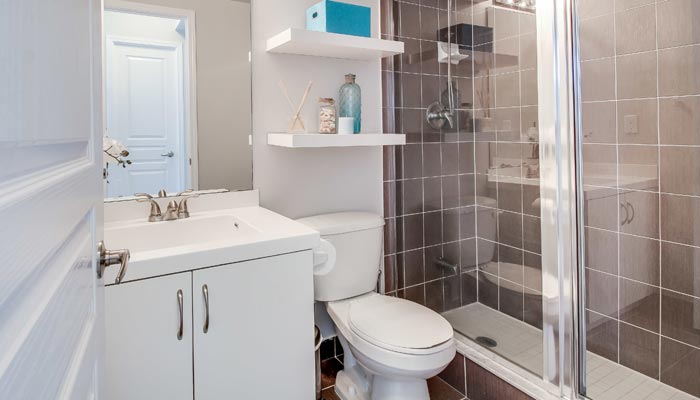 Biofilm is a slimy, sticky layer that forms on surfaces in wet environments. It is made up of a community of microorganisms, such as bacteria, fungi, and algae, that produce a protective matrix to adhere to the surface. In the bathroom, biofilm can be found on the shower walls, toilet bowl, and most commonly, in the sink.
Biofilm is a slimy, sticky layer that forms on surfaces in wet environments. It is made up of a community of microorganisms, such as bacteria, fungi, and algae, that produce a protective matrix to adhere to the surface. In the bathroom, biofilm can be found on the shower walls, toilet bowl, and most commonly, in the sink.
How Does Biofilm Form in Bathroom Sinks?
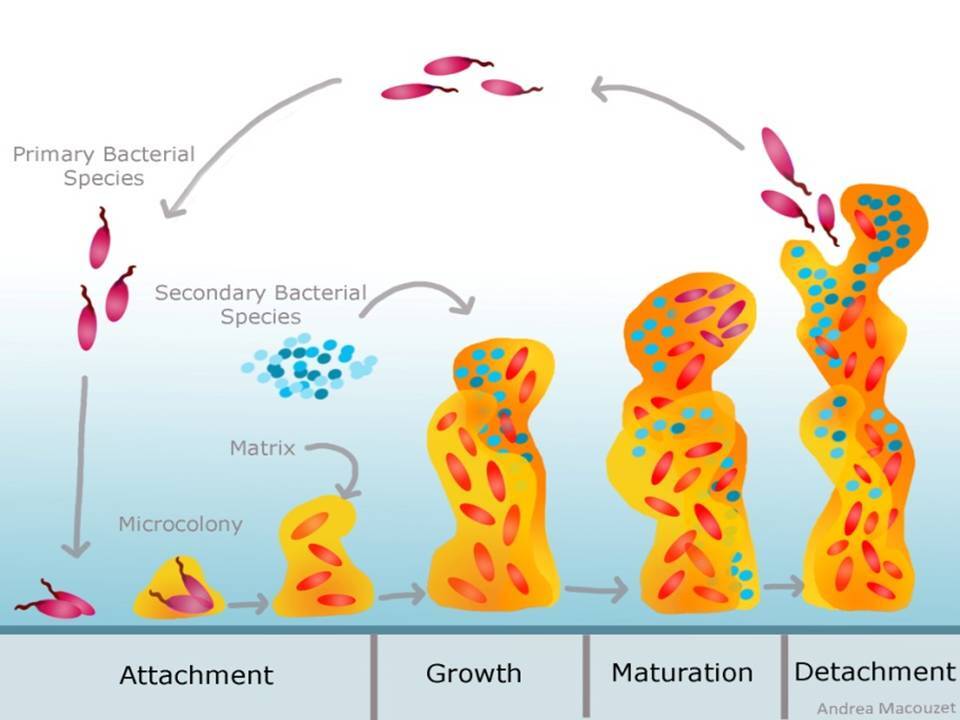 Bathroom sinks provide the perfect environment for biofilm to form. The constant presence of water, soap residue, and toothpaste creates a nutrient-rich surface for microorganisms to thrive on. Additionally, the warm and moist conditions in the bathroom create an ideal habitat for biofilm to grow and spread.
Bathroom sinks provide the perfect environment for biofilm to form. The constant presence of water, soap residue, and toothpaste creates a nutrient-rich surface for microorganisms to thrive on. Additionally, the warm and moist conditions in the bathroom create an ideal habitat for biofilm to grow and spread.
The Dangers of Biofilm in Your Bathroom Sink
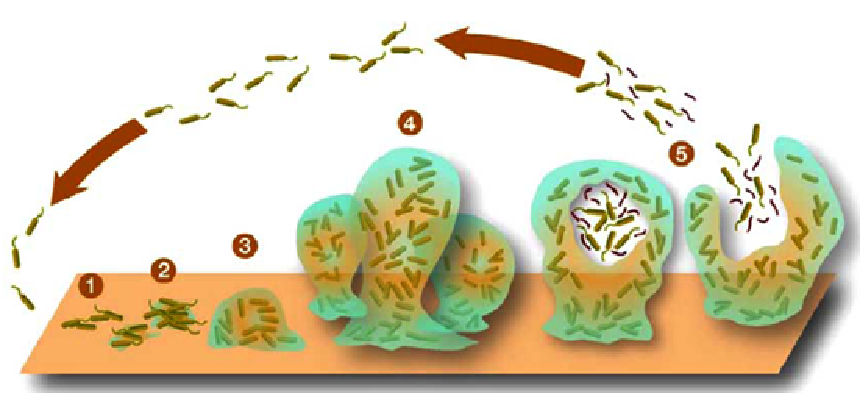 Biofilm may seem harmless, but it can actually pose a threat to your health and the cleanliness of your bathroom. The microorganisms in biofilm can cause unpleasant odors, staining, and even damage to your sink. More importantly, biofilm can harbor harmful bacteria that can lead to infections, especially for those with weakened immune systems.
Biofilm may seem harmless, but it can actually pose a threat to your health and the cleanliness of your bathroom. The microorganisms in biofilm can cause unpleasant odors, staining, and even damage to your sink. More importantly, biofilm can harbor harmful bacteria that can lead to infections, especially for those with weakened immune systems.
Preventing and Removing Biofilm
 To prevent biofilm from forming in your bathroom sink, it is important to regularly clean and disinfect the sink with a strong cleaner and scrub brush. Pay special attention to the drain, as it is a common breeding ground for biofilm. You can also try using a vinegar solution or a commercial biofilm remover to effectively remove biofilm.
To prevent biofilm from forming in your bathroom sink, it is important to regularly clean and disinfect the sink with a strong cleaner and scrub brush. Pay special attention to the drain, as it is a common breeding ground for biofilm. You can also try using a vinegar solution or a commercial biofilm remover to effectively remove biofilm.
Conclusion
 Biofilm in your bathroom sink may seem like a small issue, but it can have a big impact on both the appearance and safety of your bathroom. By understanding how biofilm forms and taking preventive measures, you can ensure a clean and healthy environment in your bathroom. Remember to regularly clean and disinfect your sink to keep biofilm at bay.
Biofilm in your bathroom sink may seem like a small issue, but it can have a big impact on both the appearance and safety of your bathroom. By understanding how biofilm forms and taking preventive measures, you can ensure a clean and healthy environment in your bathroom. Remember to regularly clean and disinfect your sink to keep biofilm at bay.
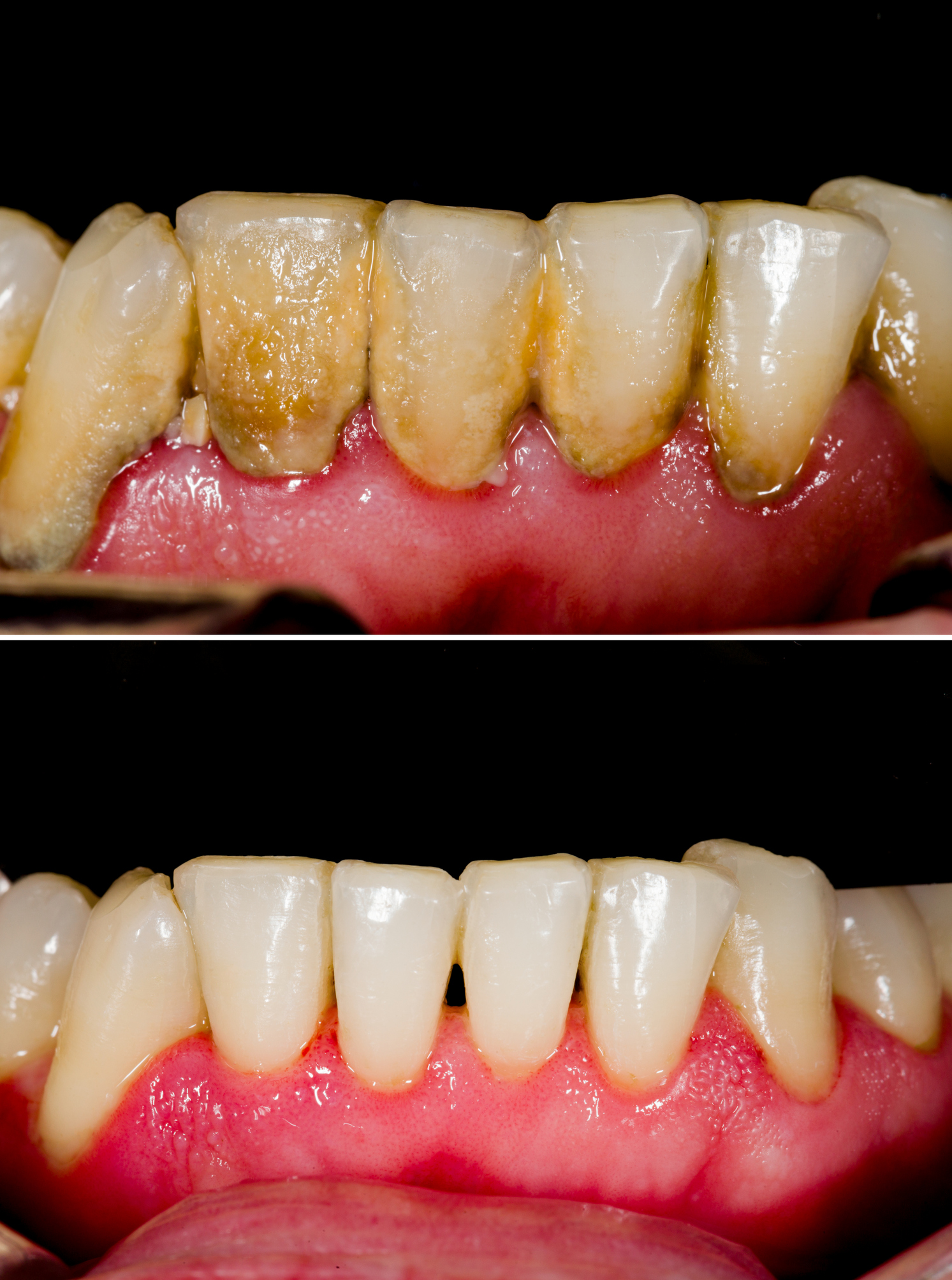

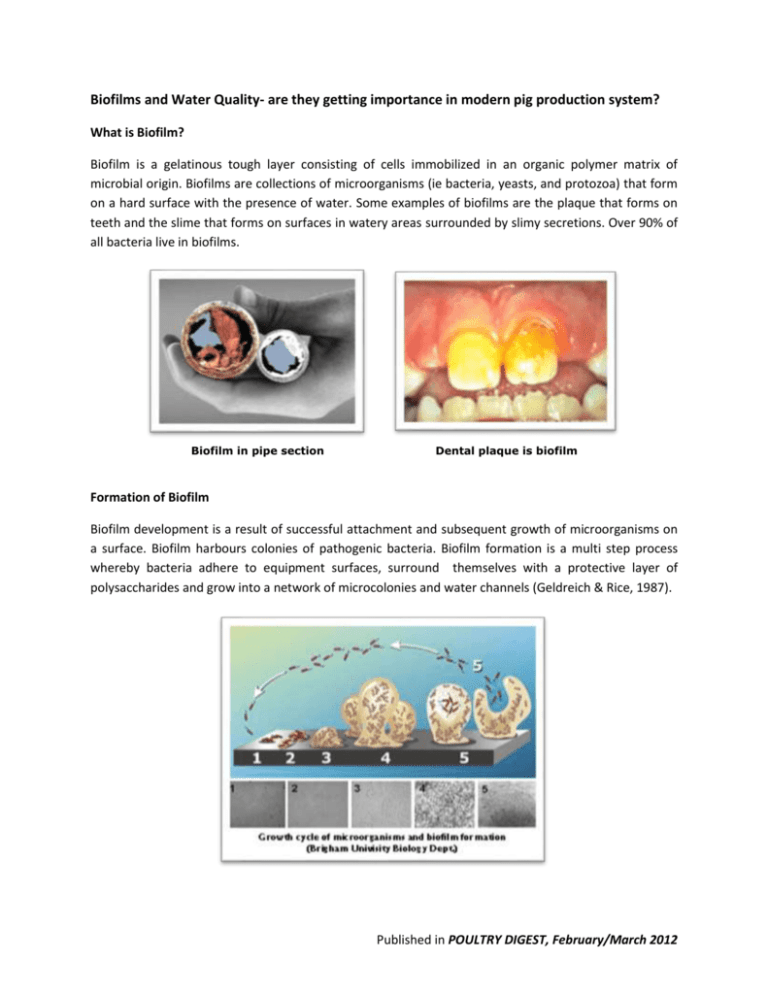



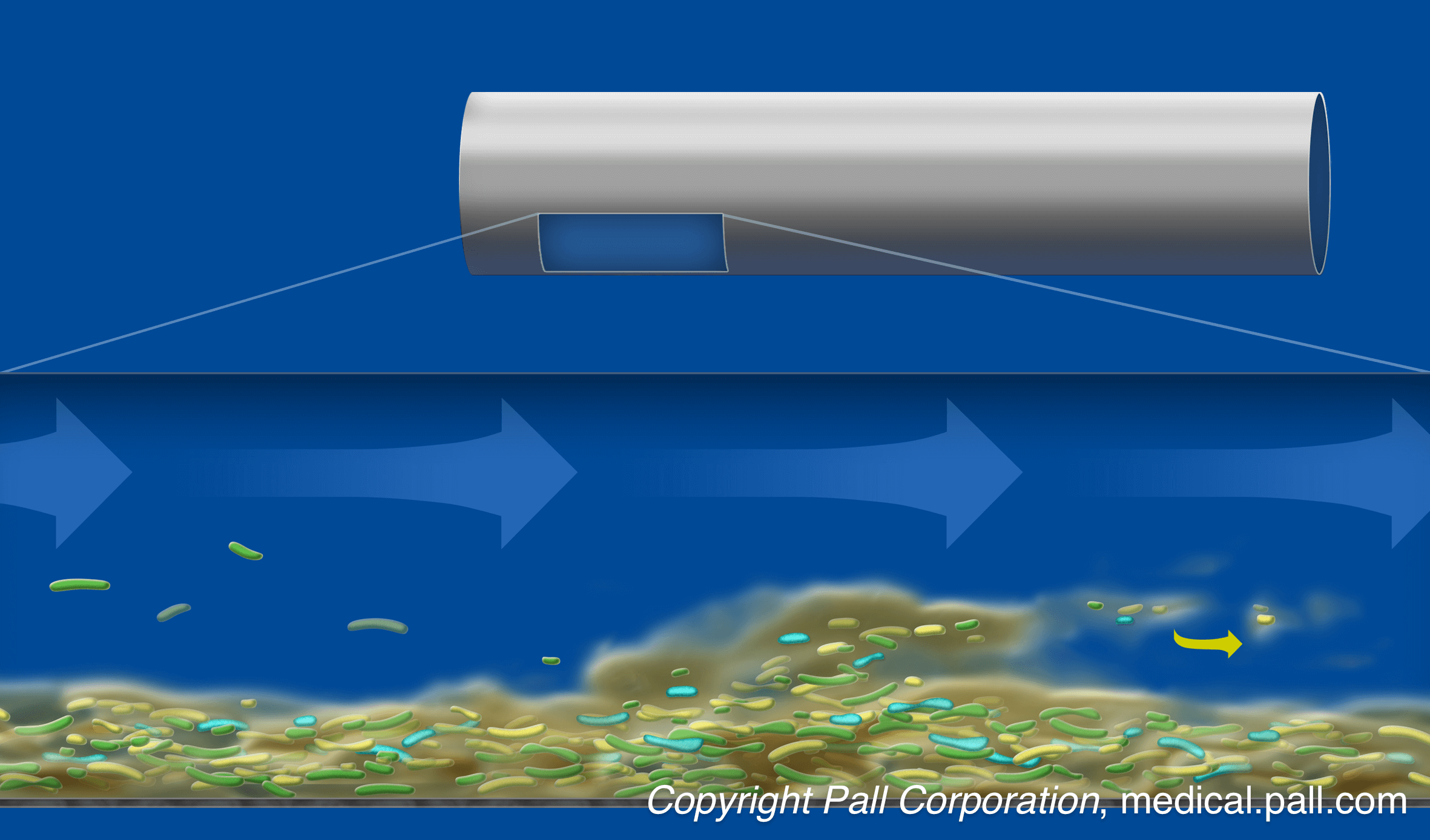


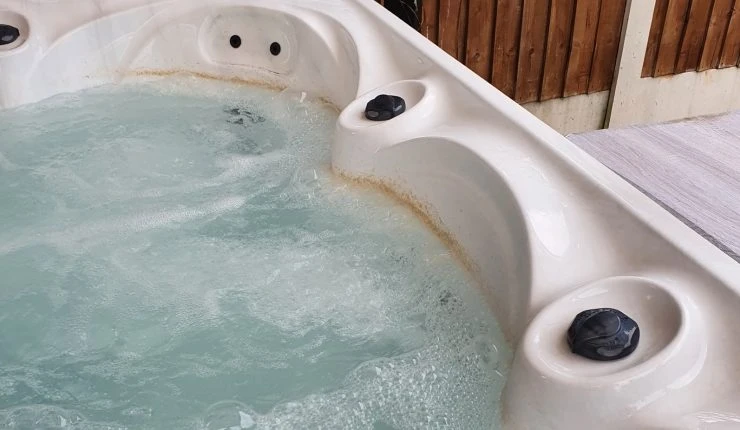




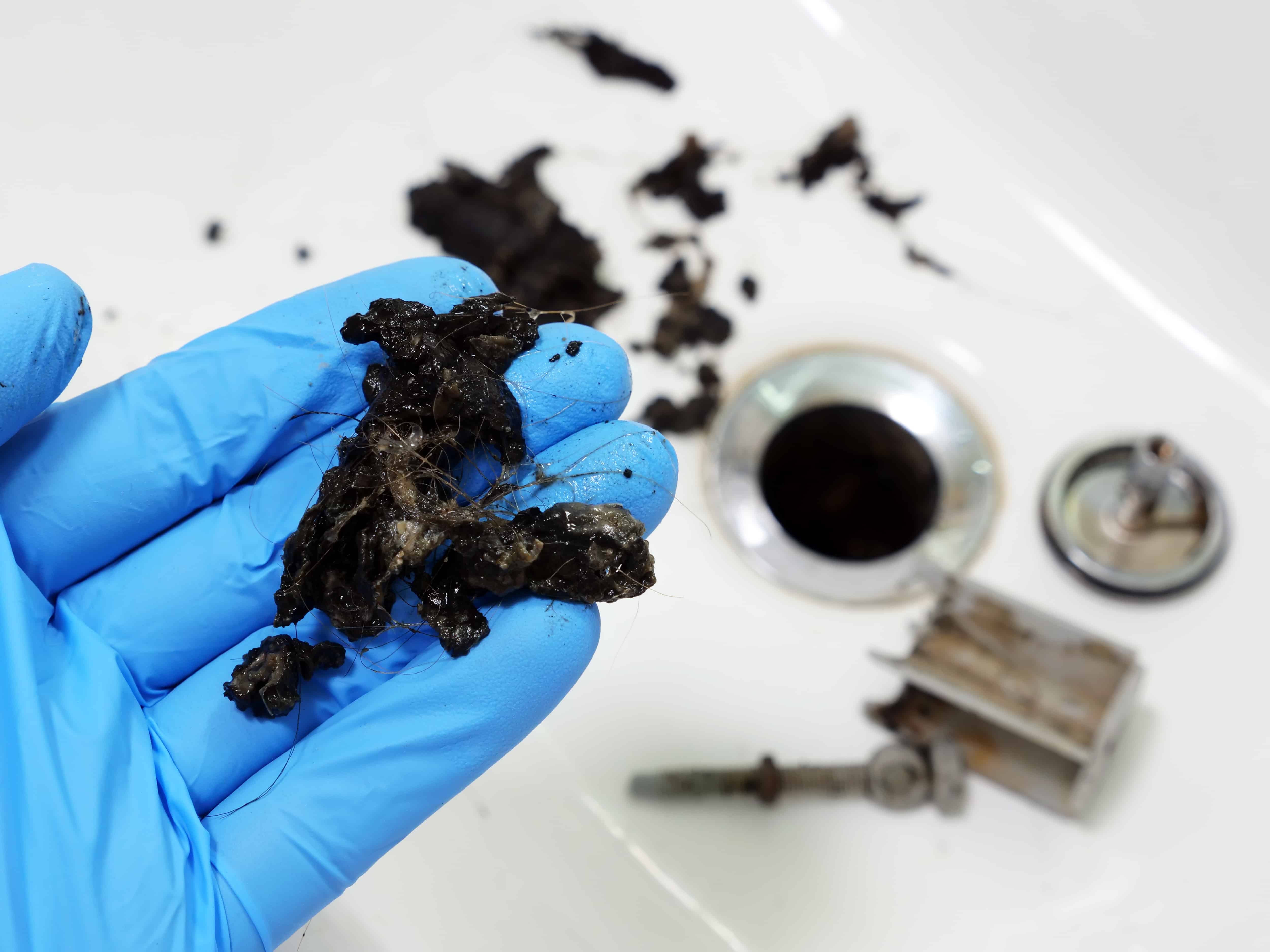



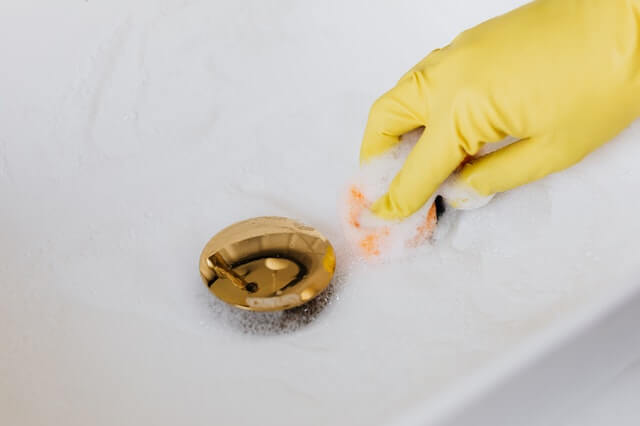


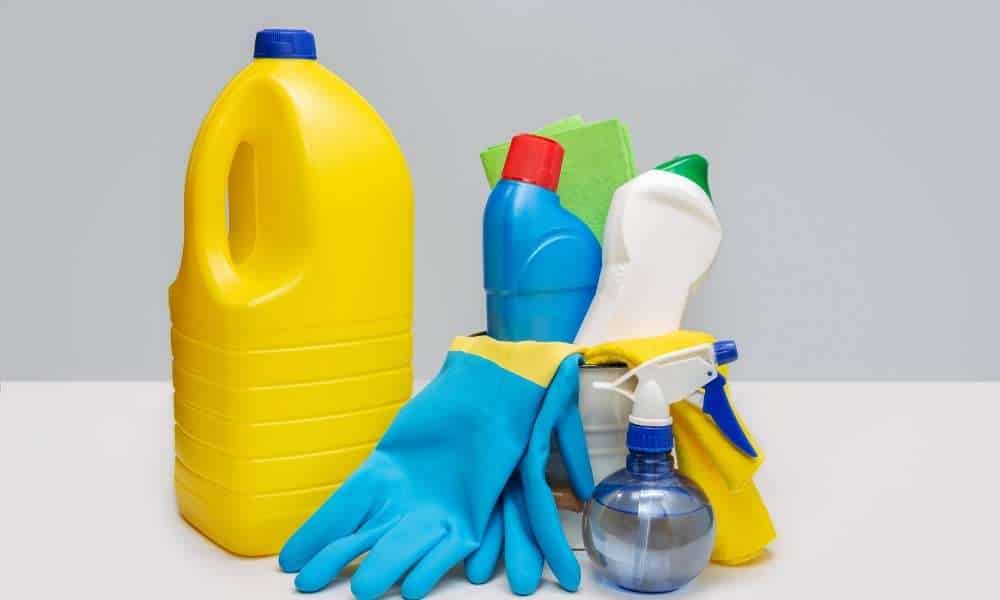




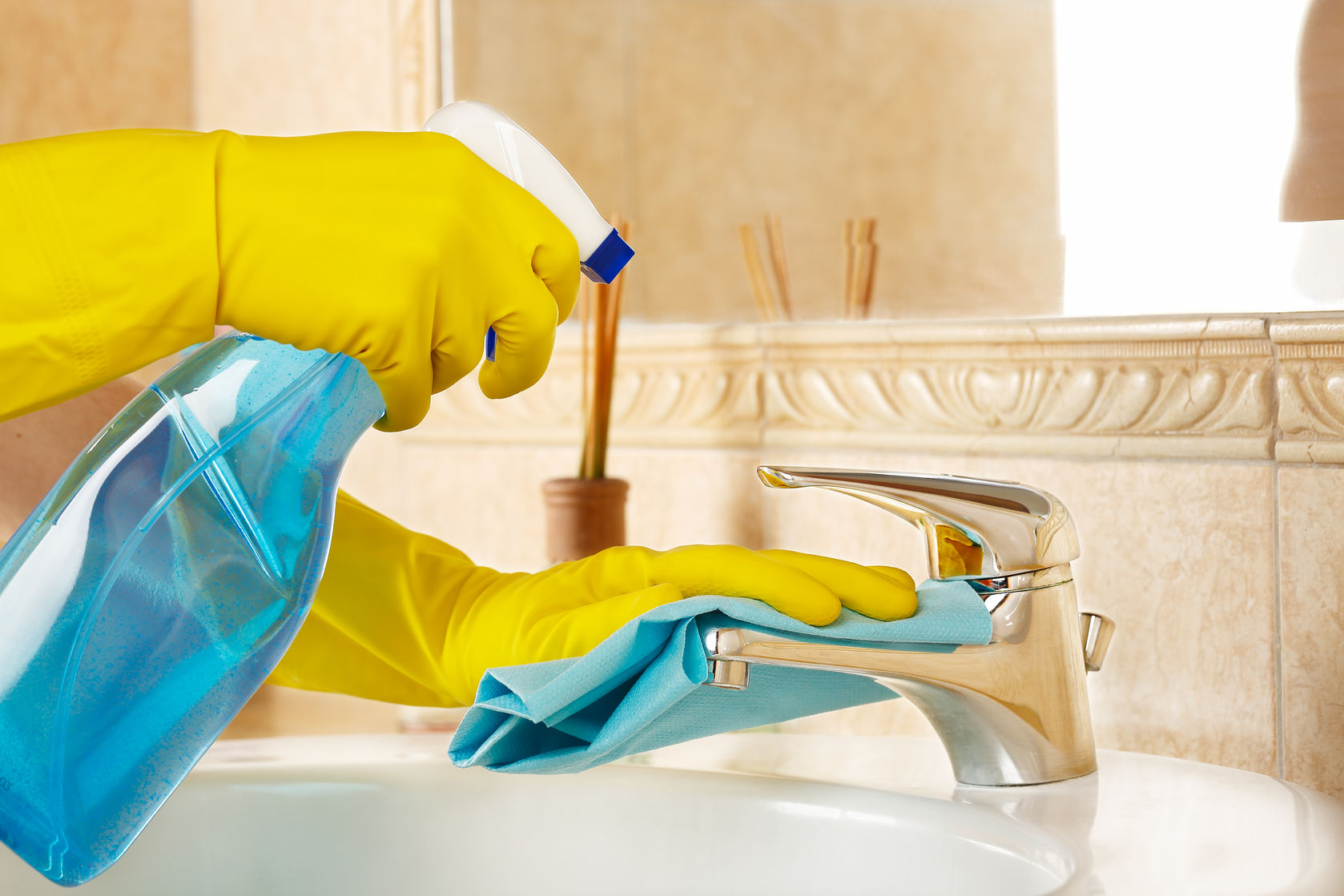

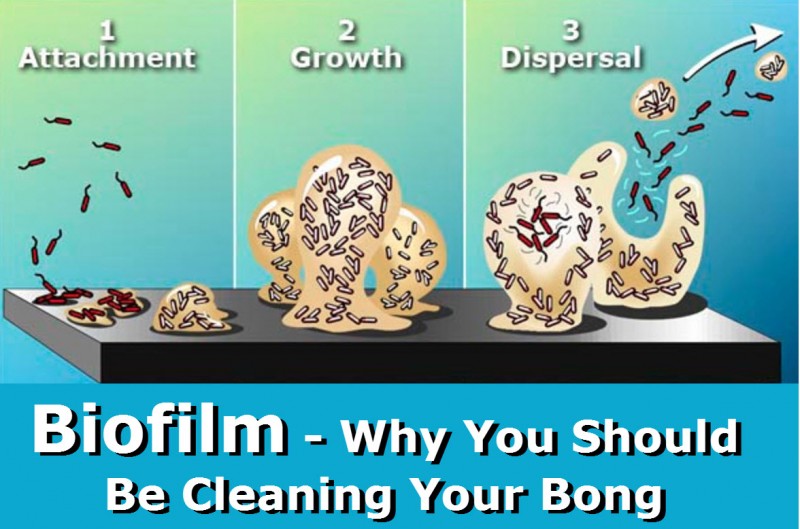
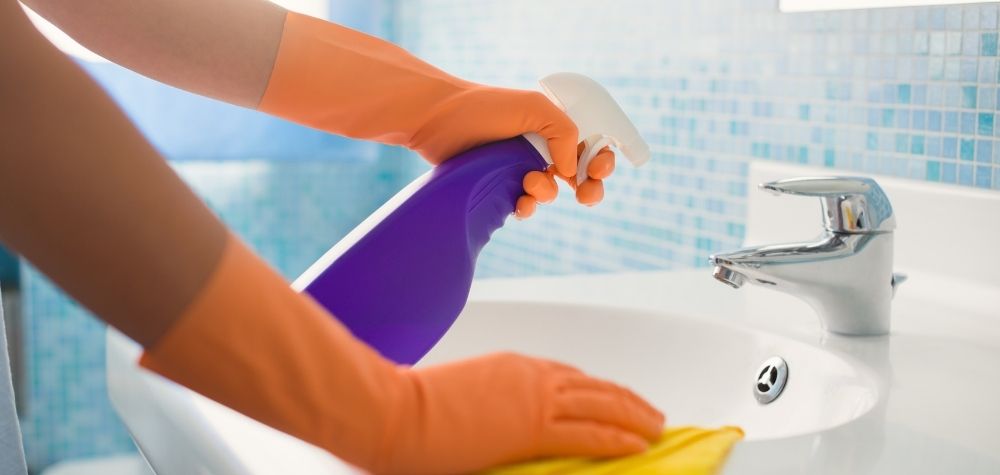



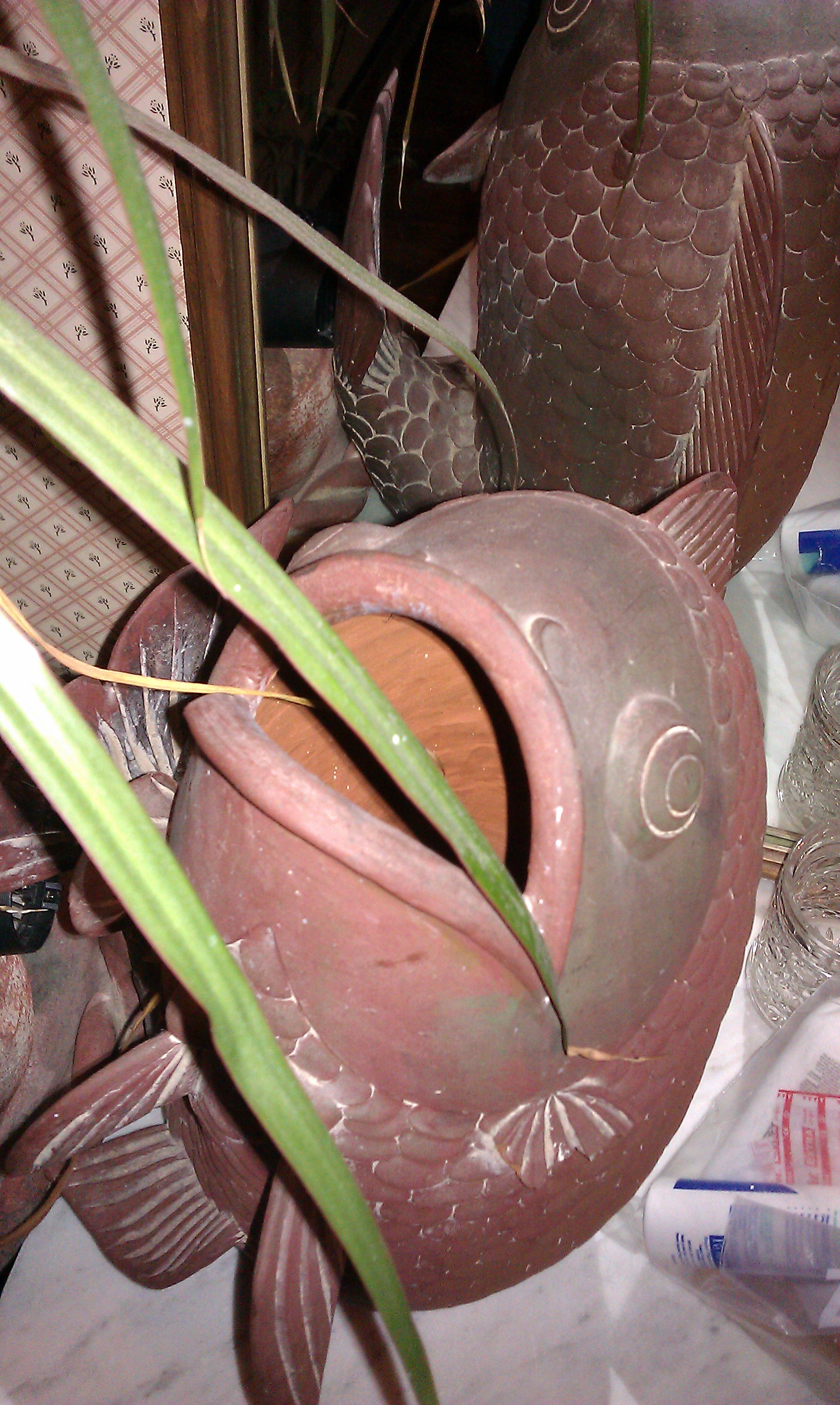




-1.png)




